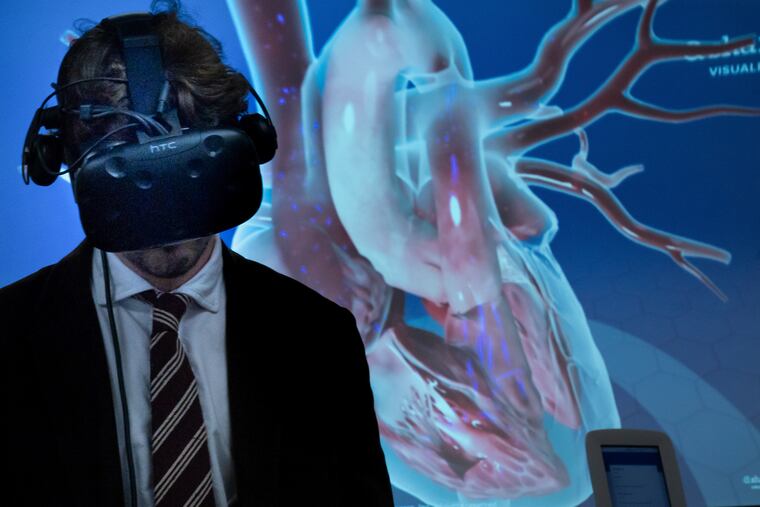Virtual reality is more than a game at local hospitals
As virtual reality technology gets more portable and less expensive, hospitals are turning to it to calm patients and train staff.

As virtual reality technology gets more portable and less expensive, hospitals are turning to it to calm patients and train staff.
